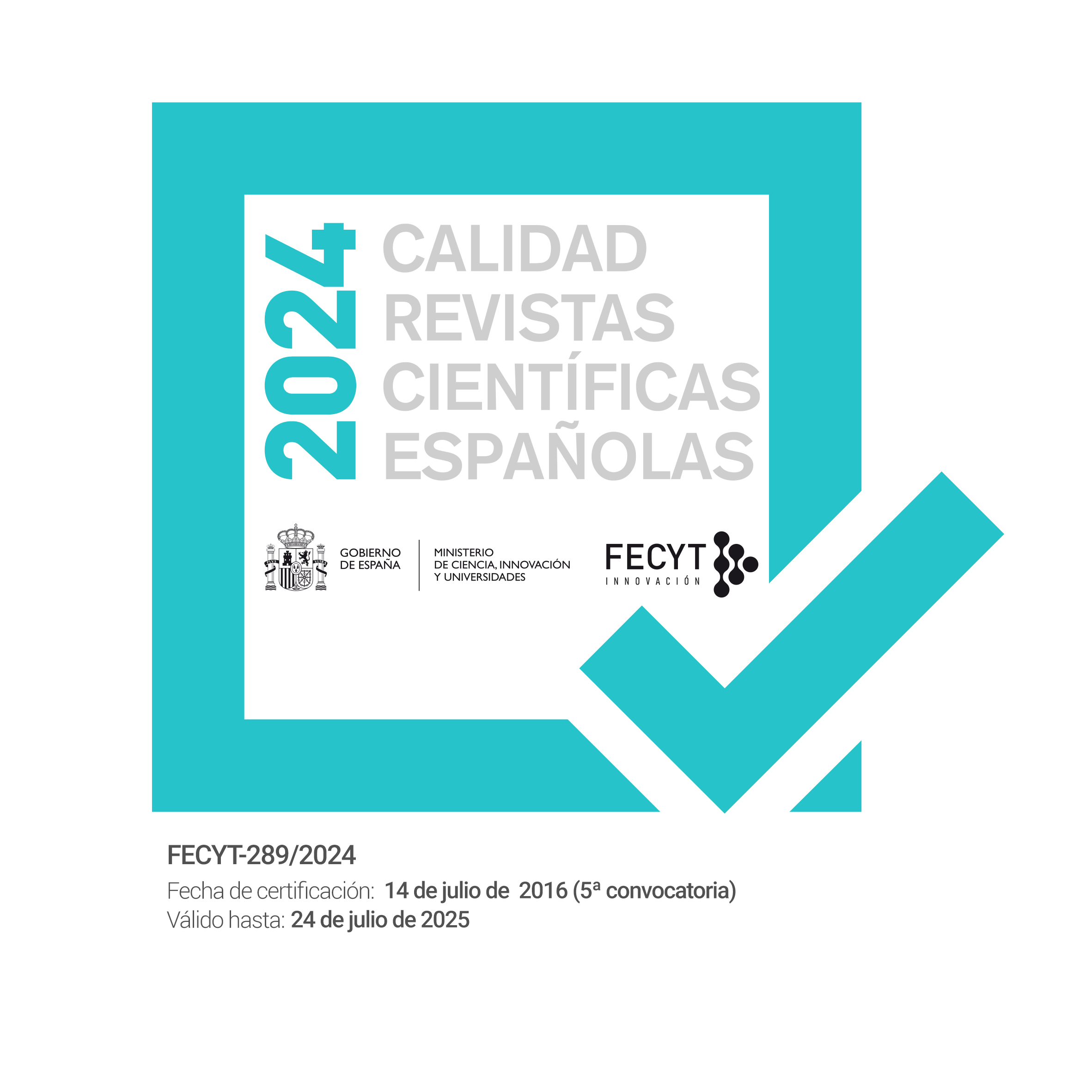Video games and diversity: building a community of practice in the classroom
Abstract
In this paper we show how commercial video games, used as educational resources in the classroom, can create a community of practice (Lave & Wenger 1991, Wenger 1998, Wenger, White & Smith, 2010) changing the relationship between students and teacher and between pupils themselves. Based on an ethnographic and qualitative research (Denzin & Lincoln, 2011; Lacasa & Reina, 2004) we analyse a workshop carried out in a 3 º ESO of Diversification classroom where we work with Sim City Creator. Specifically, we present examples of the interactions generated between students and the teacher, which exemplified how the classroom context has changed with the introduction of the game, generating different interactions among participants. Our results show how the teacher assumes the role of guide, providing the necessary scaffolding (Bruner, 1975; Wood, Bruner & Ross, 1976) to advance in the game. For their part, students take active roles in this process, helping each other to gain more control over the task and also greater control over the game. This use of technology in the context of attention to diversity is new and responds to a socio-cultural approach (Méndez, Lacasa & Matusov, 2008). KeywordsDownloads
-
Abstract504
-
pdf (Español (España))289
Las obras que se publican en esta revista están sujetas a los siguientes términos:
1. El Servicio de Publicaciones de la Universidad de Murcia (la editorial) conserva los derechos patrimoniales (copyright) de las obras publicadas, y favorece y permite la reutilización de las mismas bajo la licencia de uso indicada en el punto 2.
2. Las obras se publican en la edición electrónica de la revista bajo una licencia Creative Commons Reconocimiento-NoComercial-SinObraDerivada 3.0 España (texto legal). Se pueden copiar, usar, difundir, transmitir y exponer públicamente, siempre que: i) se cite la autoría y la fuente original de su publicación (revista, editorial y URL de la obra); ii) no se usen para fines comerciales; iii) se mencione la existencia y especificaciones de esta licencia de uso.
3. Condiciones de auto-archivo. Se permite y se anima a los autores a difundir electrónicamente las versiones pre-print (versión antes de ser evaluada) y/o post-print (versión evaluada y aceptada para su publicación) de sus obras antes de su publicación, ya que favorece su circulación y difusión más temprana y con ello un posible aumento en su citación y alcance entre la comunidad académica. Color RoMEO: verde.













